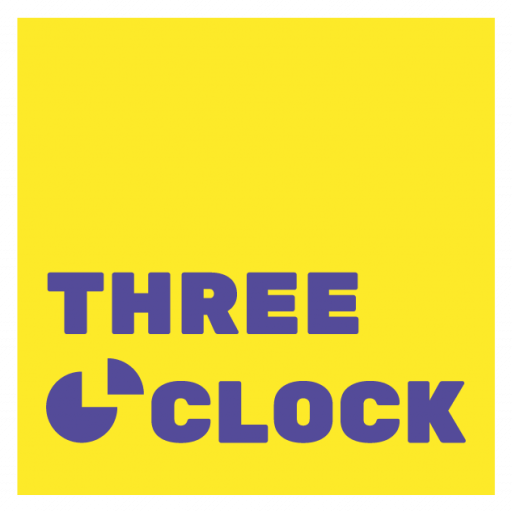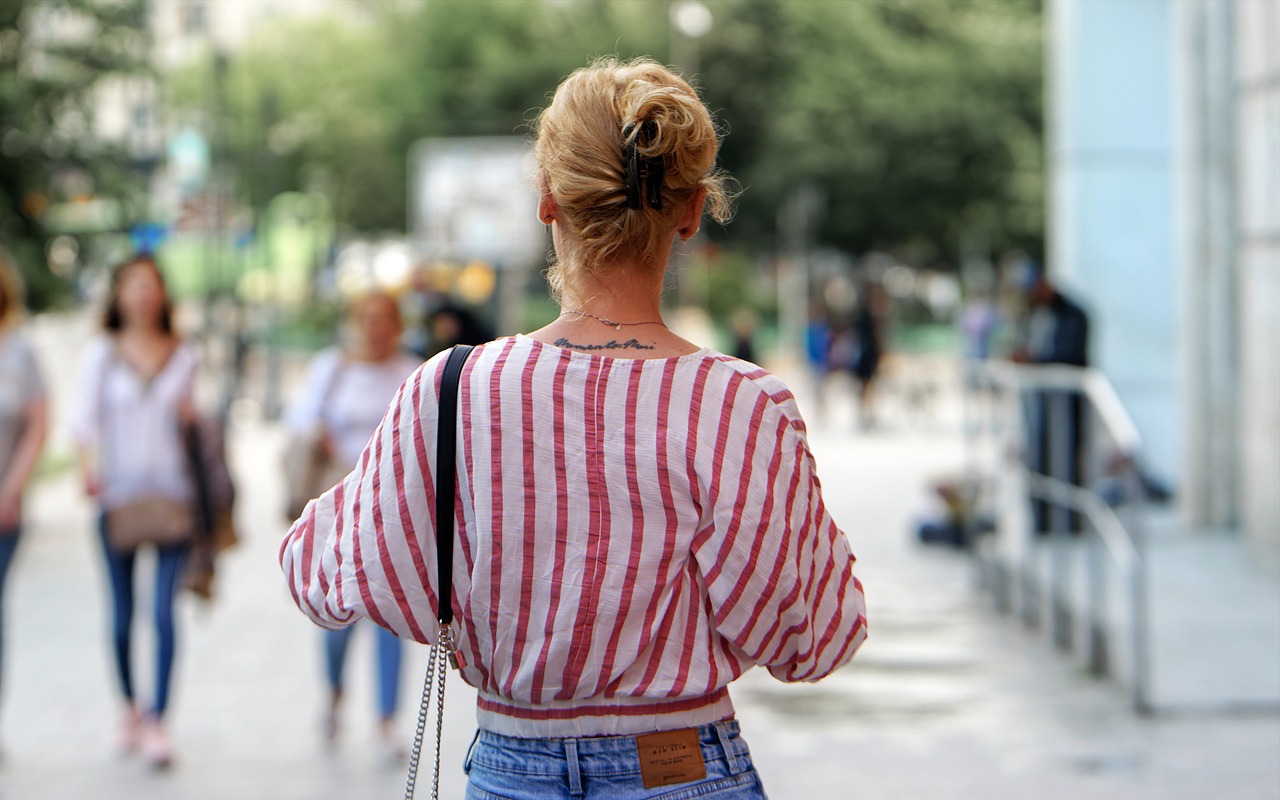Recently we worked on an assignment that addresses the issue of energy poverty… and we discovered that there’s a lot of misinformation about it. Did you know that 1 out of 4 Europeans will be unable to adequately light and heat their homes this winter? Energy poverty, long considered a problem limited to developing countries only, is also present in many European countries and most often invisible in the media. In this post, we aim to give visibility and raise awareness of this problem that can affect our next door neighbor.
What is energy poverty?
Energy poverty is seen as a condition where households have insufficient income to meet the most basic energy needs (e.g., heating, cooking, cooling, lighting and household appliances[1]). There are different causes like high energy prices, low household incomes, and inefficient buildings and appliances [2] (or a combination of them).
How does it affect people?
The inability of a household to keep an adequate temperature at home is not just a matter of discomfort. Energy poverty has significant health effects, especially for vulnerable populations like children and the elderly[3]. According to the World Health Organization (WHO), energy poverty causes 38 200 premature deaths annually[4] in 11 European countries, and estimated that 30% of the additional deaths occur during the winter season (compared to the other seasons). In Spain, energy poverty may be responsible of between 2300 and 9300 premature deaths per year, a figure higher than the number of deaths in road traffic accidents (1480 people in 2011).
How do we measure energy poverty?
To measure the extent and severity of this problem, a variety of energy poverty indicators exist and are applied in several countries. The most common ones ask, (i) whether a household can afford to keep their home adequately warm, (ii) income after energy costs and (iii) insufficient energy spending i.e., those who self-ration, or what we call hidden energy poverty.
MYTHBUSTING
I’ve heard about it…but is this a real issue in Europe?
Energy poverty is not a problem in Europe. Yes, it is. The problem is estimated to affect more than 50 million households in the European Union[5]. In France for example, around 7 million people were affected by energy poverty in 2019 according to the ONPE (L’Observatoire National de la Précarite Énergétique)[6]; And in Spain, the proportion of the population unable to keep their home adequately warm has increased from 5.9% in 2008 to 10% (4.5 million people) in 2018[7].
Energy poverty only affects a few countries in Europe. Well, most EU countries – 17 – have significant levels of energy poverty. However, there is a clear difference between northern/western and southern/eastern European countries. As shown below, the highest prevalence occurs within Central and Eastern Europe, as well as parts of Southern Europe.
Weather is the main factor causing energy poverty. No, socio-economic factors play a bigger role in high energy poverty levels than weather. Countries with strong building regulations and higher GDP per capita show lower levels of energy poverty.
It only affects countries with cold winter seasons. Worst performing countries face both winter and summer energy poverty.
Does COVID-19 have an impact on citizens and families facing energy poverty?
With the restrictions in Europe, the energy needs of residential consumers are growing. As we are spending more time at home, the conventional demand like heating and cooking is increasing, but also a new energy demand has appeared related with teleworking. In Spain, the total daily energy demand has increased by 12% in 2020 [8]. Moreover, due to lockdowns, many people are experiencing a significant loss of employment, leading to substantial reductions in their home income, and contributing to increasing the prevalence of energy poverty.
What measures is the EU proposing to improve the situation of these vulnerable citizens and families?
EU-level policies create a framework to shape Member States’ approaches to energy poverty.
The EU finally made energy poverty a policy priority in the Clean energy for all Europeans package, adopted in 2019. EU countries are now under obligation to acknowledge the prevalence of energy poverty in their National Energy and Climate Plans (NECPs) . Although this represents a first step, there are significant inconsistencies in how Member States address the issue of energy poverty [9] (both in short-term relief measures and structural ones). Short-term measures include financial interventions aimed at providing financial relief to vulnerable consumers, while structural measures include additional protection, investment in the energy efficiency of buildings, and measures to increase information and awareness. Some countries present an inclusive approach focusing on energy efficiency improvements for vulnerable families (like France, Ireland, Slovenia, Slovakia and Scotland), and others consider that energy poverty is not part of energy policies and therefore, do not take specific actions nor plan to present a strategy (like Malta, Germany, Denmark, Finland, Sweden). [10]
Finally, several countries are implementing emergency interventions this year. The most widespread one is the postponement of any supply disconnection in case of non-payment. Others include delayed bill payments, tariff controls and personalized payment arrangements. However, such measures are temporary.
Citizen empowerment
Although climate change has been placed at the heart of Europe’s strategy, Member States appear reluctant to put the fight against energy poverty at the top of their political agenda. With the lack of tangible ambitions, numerous grassroots organizations from different sectors emerged to fight against energy poverty within their local communities: navigate the energy market; access low-interest loans for home improvements; learn about energy efficiency and energy savings; and prepare for sustainable consumption in a low-carbon future (see EPOV [11].
For example, Alianza contra la pobreza energética in Spain supports people affected by energy poverty through a collective advisory assembly. In these assemblies, families in similar situations meet every two weeks, give mutual support, and share information about their rights and how to defend them. These are spaces for training and contribute to building active citizenship. They also influence the administration and supply companies to guarantee universal access to water and energy.
Energy-poor households often use domestic appliances with high energy consumption, often leading to high energy debts. The Papillon Project [12] in West-Flanders, Belgium, breaks this vicious circle by providing an appliance rental model for low-income households that do not have the funds to purchase new, high efficiency appliances. Instead of buying a device, people can rent it on a 10-year contract, including service and warranty. This way energy-efficient appliances are accessible for people who can’t buy them. The project partnered with Bosch Belgium: Bosch delivers the A++ (+) appliances and takes care of the service and warranty. The pilot started in September 2018 and the first 104 appliances were promptly installed in 63 homes. The NGO Samenlevingsopbouw is looking into scaling Papillon to the Flemish and Belgian level, and discussions are under way to experiment the model in other European countries.
Ground for cooperation
The issue of energy poverty is too complex and multi-faceted to be effectively addressed only by local initiatives. As national policies are also unable to tackle energy poverty alone, grassroots initiatives, based at local level and within communities, play a key role in helping energy poor consumers access help and advice.
These initiatives fill gaps that are not currently addressed by law and policy, while providing a bridge that policymakers can harness to reach energy poor citizens and communities. This local dimension of energy poverty represents an opportunity for cooperation, where top-down and bottom-up actors should work together to co-design solutions in response to the scale of the challenge.
Interested to learn more? Working on a project relating to energy poverty or energy efficiency? Looking to partner? Drop us a note at hello@threeoclock.eu
REFERENCES
[1] Boardman, B., 2010. Fixing Fuel Poverty: Challenges and Solutions. Earthscan, London
[2] Bouzarovski, S., 2014. Energy Poverty in the European Union: landscapes of vulnerability. WIREs Energy Environ. 3, 276–289. https://doi.org/10.1002/wene.89
[3] Thomson, H., Snell, C., Liddell, C., 2016. Fuel Poverty in the European Union: a concept in need of definition? People; Place and Policy 10, 5–24. https://doi.org/10.3351/ppp.0010.0001.0002
[4] https://www.energypoverty.eu/news/european-week-fight-against-fuelpoverty#:~:text=A%20study%20by%20the%20Regional,to%20the%20existence%20of%20housing
[5] EU Energy Poverty Observatory https://www.energypoverty.eu/
[6] L’Observatoire National de la Précarite Énergétique https://onpe.org/
[7] “Fuel Poverty in Spain” of the Spanish Association of Environmental”
[8]Measures to tackle the Covid-19 outbreak impact on energy poverty:
https://fsr.eui.eu/measures-to-tackle-the-covid-19-outbreak-impact-on-energy-poverty/
[9]Transforming energy poverty policies in the European union: second annual report of the European Union energy poverty observatory (2019 ) https://www.energypoverty.eu/sites/default/files/downloads/observatory-documents/20-01/epov_pan-eu_report_2019_final.pdf
[10] Transforming energy poverty policies in the European union: second annual report of the European Union energy poverty observatory (2019 ) https://www.energypoverty.eu/sites/default/files/downloads/observatory-documents/20-01/epov_pan-eu_report_2019_final.pdf
[11] EU Energy Poverty Observatory https://www.energypoverty.eu/
[12] Coordinated by ‘Samenlevingsopbouw West-Vlaanderen’, a community building organisation in West-Flanders





